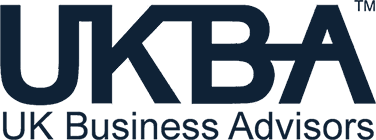We all understand that not collecting payments on time has as a severe impact on your cash flow, but let's not forget also that you are effectively giving your clients, your debtors, interest-free credit, and this also has an impact on your cash flow and your profit....
customers
Collecting cancellation fees
People don't like paying cancellation fees even if they are aware of them when they book their appointment, to the extent that charging a fee often results in the client going elsewhere. No easy remedies Apart from asking for a non-refundable deposit, there are no...
